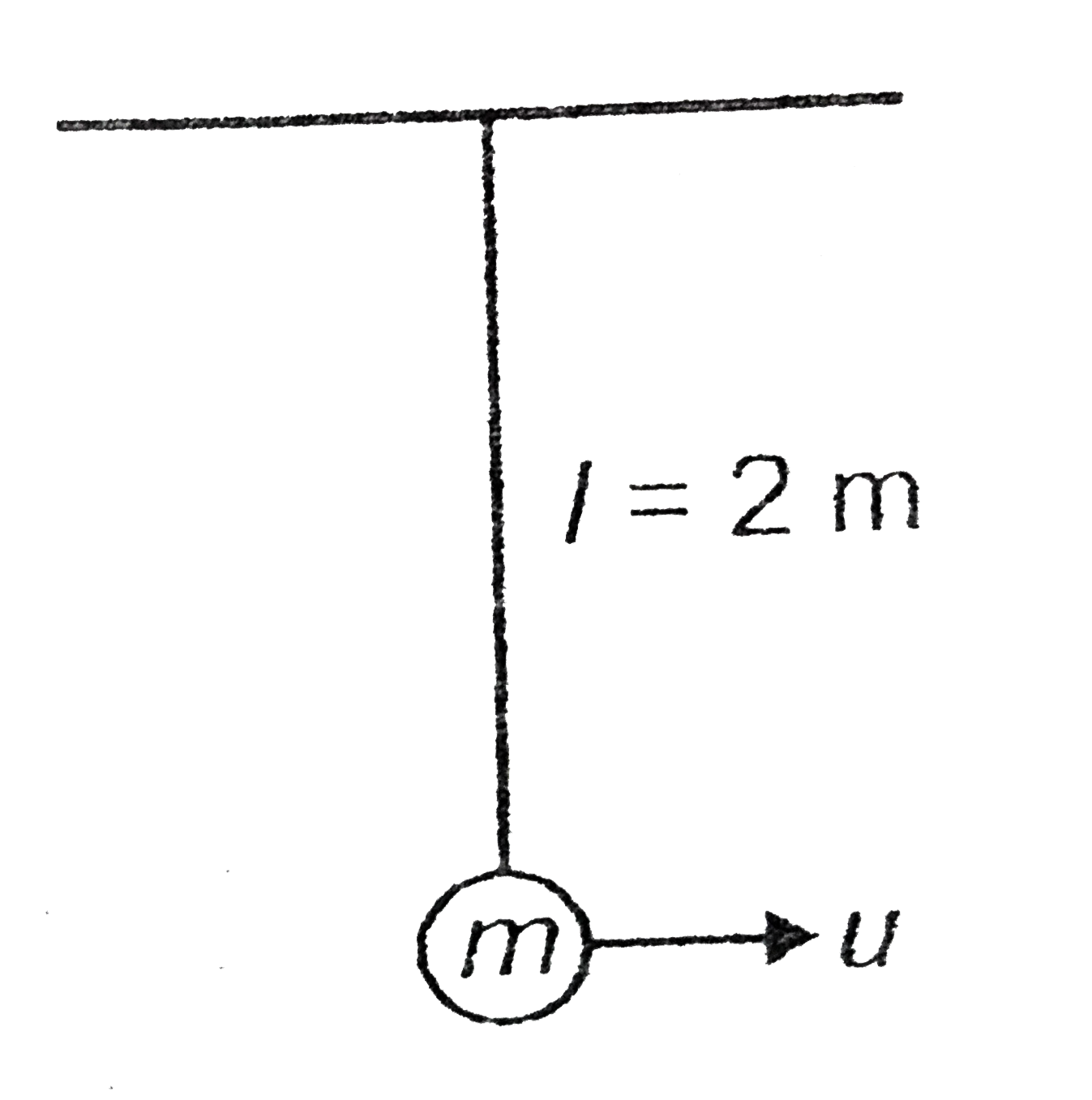20 J of work is done against the force of gravity in lifting a stone to a certain height. What will be the potential energy of the stone at that height ?
200 J
100 J
20 J
10 J
To solve the problem, we need to understand the relationship between work done against gravity and potential energy.
1. Understanding Work Done Against Gravity:
When we lift an object against the force of gravity, we do work on that object. The work done (W) is equal to the force applied (which is the weight of the object) multiplied by the distance (height) it is lifted.
W=F×d
2. Identifying the Force:
The force we are working against when lifting the stone is the gravitational force acting on it, which can be expressed as:
F=m×g
where m is the mass of the stone and g is the acceleration due to gravity (approximately 9.8m/s2).
3. Relating Work Done to Potential Energy:
The work done in lifting the stone is converted into potential energy (PE) of the stone at that height. Therefore, we can say:
PE=W
4. Substituting the Given Values:
According to the problem, the work done against gravity is given as 20 Joules. Therefore, the potential energy of the stone at that height will also be:
PE=20J
5. Conclusion:
The potential energy of the stone at the height it was lifted is 20 Joules.
Final Answer:
The potential energy of the stone at that height is 20 Joules.
---
When we lift an object against the force of gravity, we do work on that object. The work done (W) is equal to the force applied (which is the weight of the object) multiplied by the distance (height) it is lifted.
The force we are working against when lifting the stone is the gravitational force acting on it, which can be expressed as:
The work done in lifting the stone is converted into potential energy (PE) of the stone at that height. Therefore, we can say:
According to the problem, the work done against gravity is given as 20 Joules. Therefore, the potential energy of the stone at that height will also be:
The potential energy of the stone at the height it was lifted is 20 Joules.
The potential energy of the stone at that height is 20 Joules.
Topper's Solved these Questions
- ENERGY AND WORK BOOK - BEIITIANSCHAPTER - ENERGY AND WORK EXERCISE - IIT JEE WORKSHEET
34 Videos
- ENERGY AND WORK BOOK - BEIITIANSCHAPTER - ENERGY AND WORK EXERCISE - SUMMATIVE WORKSHEET
35 Videos
- ELECTRICITY BOOK - BEIITIANSCHAPTER - ELECTRICITY EXERCISE - IIT JEE Worksheet V. Matrix Matching
2 Videos
- LIGHT BOOK - BEIITIANSCHAPTER - LIGHT EXERCISE - IIT JEE WORKSHEET
1 Videos
Similar Questions
Knowledge Check
the work done against force of friction is
A8.7 JB10.7 JC7.8 JD12.7 JThe work done against gravity in taking 10 kg mass at 1m height in 1 sec will be
A49 JB98 JC196 JDnone of theseA stone is projected vertically up to reach maximum height h. The ratio of its potential energy to its kinetic energy at a height 45h, will be
A5:4B4:5C1:4D4:1
A work of 4900 J is done on a load of mass 50 kg to lift it to a certain height. What is the height through which the load is lifted ?
View SolutionAt what height above Earth's surface is the energy required to lift a satellite to that height equal to the kinetic energy required for the satellite to be in orbit at that height ?(b) For greater heights, which is greater, the energy for lifting or the kinetic energy for orbiting ?
View Solution500 J of work is done in lifting a 30 kg weight to a height of 0.5 m . With what acceleration the weight was raised ?
View SolutionThe work done in lifting a mass of 1 kg to a height of 9.8 m is
View SolutionA 5 kg block is lifted vertically through a height of 5 metre by a force of 60N. Determine (i) the work done by applied force in lifting the block, (ii) the potential energy of the block at 5m, (iii) the kinetic energy of the block at 5 m (iv) the velocity of the block at 5 m-
View Solution

